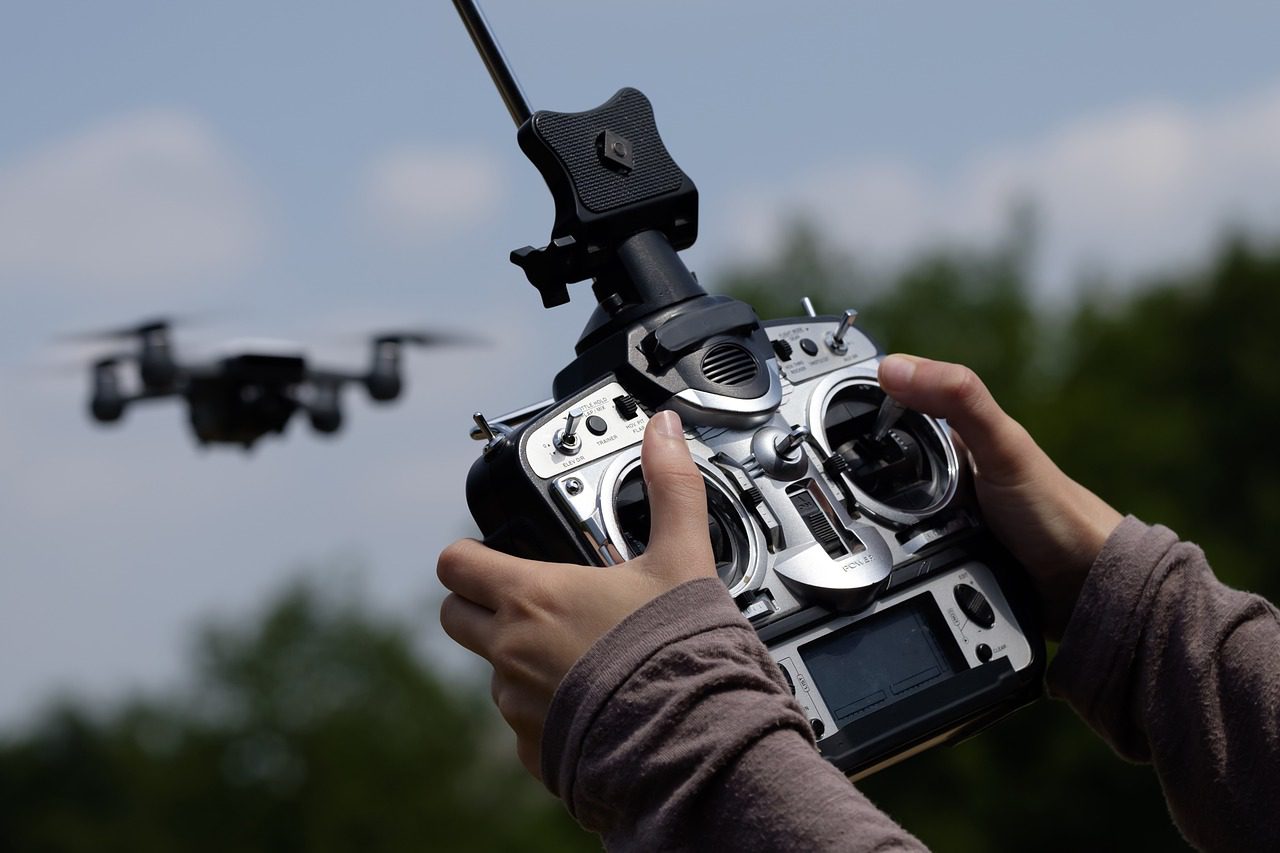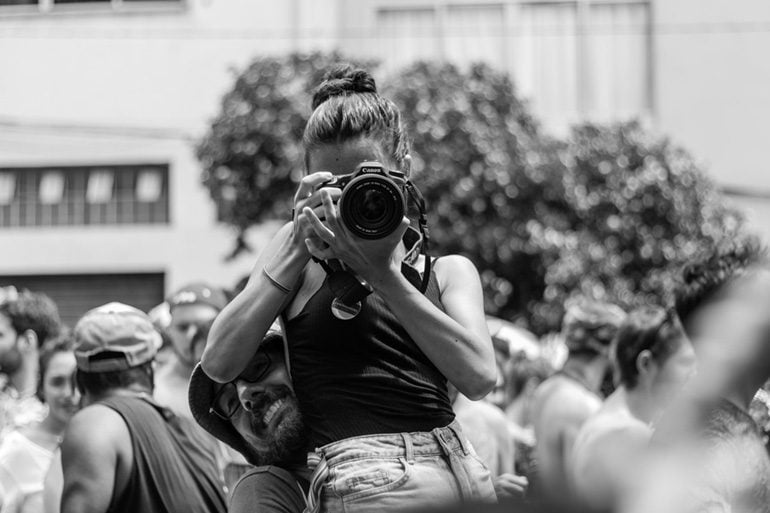by Thomas Ackerman, ASC
When on-set crew photos are published, the coolest shots invariably center on the camera. No wonder. Wrapped around an Arri or Panaflex, wielding a super-sized lens, the operator appears as the quintessential filmmaker. This is the seat of power. If an image eludes the viewfinder it’s never going to hit the screen.
Meanwhile, the director of photography might be found in a remote corner of the set mumbling into his walkie-talkie or taking a light reading. Indeed, the general perception – not only by the general public but by industry veterans who ought to know better – is that a DP’s function consists of “reading the light,” followed by the arcane ability to fashion a “look” for the film.
As any cinematographer knows, operating the camera is the jewel in the crown. That is where everything is resolved. Literally. It has nothing to do with ego, everything to do with putting the puzzle together. It also involves trust and a shared vision. I do not think of the operator as an automaton, slavishly manipulating the wheels or fluid head. They make a unique contribution, aesthetically and technically. No shot can be accomplished without their management. Whether bonding with the actors or solving a bump in the dolly track, the operator’s skill is indispensable in a DP’s game plan.
It is no wonder that a majority of student cinematographers elect to operate their own camera. “Hands on” is the mantra at most top tier film schools. In itself, the allure of working with sophisticated equipment is almost irresistible. Added to that is the rush of the inner circle where decisions are made, where directors and actors can be influenced, often with the camera operator’s thumbs up or down that decides if the company will move to the next shot.
Unfortunately, working in the hyphenated mode is often a mistake. It is a blend of contrasting skill sets and joining them yields uneven results. The obligations of a director of photography are as diverse as they are relentless. This is not to suggest that camera operation is “cinematography lite.” In fact it is a demanding portfolio ranging from the nuances of framing to hard core technicalities such as chasing boom shadows and defining actor eyelines. Some of the operator’s vital contributions aren’t even photographic, like creating a positive atmosphere around the camera where the cast and crew can do their best work.
That said, working as operator drastically erodes the time necessary to be a director of photography. Multi-tasking has its limits. With the DP’s eye glued to a viewfinder, how is the rest of the job supposed to be accomplished? You can have your gaffer and key grip keep an eye on things, which is why it’s essential to hire the best people. When high tech is supported by clothespins and black wrap, set lighting can shift unexpectedly and the keys are your first line of defense. However, they cannot be held responsible for the photography.
Even when the day’s work is proceeding flawlessly, with every shot an amazing tour de force, the DP has an obligation to lead the charge. With the camera operator in the trenches, the Director of Photography should be thinking of a way to make it better. Whether tweaking a barn door, coordinating a light change on the dimmer, or grabbing a quick sidebar with the Production Designer, the only individual destined for the DI suite after the movie wraps is the one whose name is on the slate. That is where the buck stops.
Most of my colleagues welcome the camera operator’s partnership and have affirmed this time and again. What is less well known is that on most mainstream feature films there is equally strong support from the producers. They know that this is the way a camera crew operates at peak efficiency. After a fierce debate between Local 600 and the studios a few years ago, the IATSE lost the mandatory operator position. In spite of this unfortunate shift in work rules, very few production managers today need to have their arms twisted when it comes to hiring an operator. In fact, they would have to be convinced not to have one.
Not all directors of photography are in agreement on the subject. One accomplished cinematographer, with many wonderful films to his credit, has been quoted that operating is essentially a dance with the actors. In his view, “only two can tango.” Which suggests that a camera operator, at best, is an unwelcome guest in the process.
Do I operate my own camera from time to time? On certain occasions, yes. Love doing it, always will. And there is no question that some shots, particularly hand-held, require interpretation.
Often it isn’t a matter of right or wrong but capturing the rhythm in a personal way. Will I jump on the unexpected B or C camera shot that nobody anticipated? Absolutely, with pleasure. But for the most part, I need an overview that is possible only from the sidelines.
On a student film production, it is not uncommon to find a DP/Operator holding forth, with mixed results at best. The lighting process may not suffer because most student cinematographers are canny in their choice of support crew. Their gaffer, also a shooter, has no doubt accomplished work they admire even if it calls into question who is actually creating the look of their own film. On many set visits, I have observed the Director of Photography without a light meter, happily relying on the guidance from his / her gaffer. Even when dailies look great, as they sometimes do, who is responsible?
There is a more insidious downside. The student hyphenate may confuse riding the dolly with being a Director of Photography. When strapping on a Steadicam the results can be even more toxic. In the absence of proper training, this device can create a meltdown in which the trainee can do little but struggle to keep the frame under control.
Camera operation and being an effective DP are separate functions. When students combine them the question is not so much about the quality of the photography but whether the images – and the learning opportunity – could have been substantially better.
Director of Photography Thomas Ackerman, ASC is best known for his work on Jumanji, Tim Burton’s classic Beetlejuice, and National Lampoon’s Christmas Vacation. With a filmography of over 30 titles, Ackerman has worked on a wide variety of films, lensed the box office hit comedy, Anchorman: The Legend of Ron Burgundy, the hit comedy, Are We There Yet?, The Benchwarmers, Scary Movie 4, and Balls of Fury. Ackerman’s credits also include True Identity, Dennis the Menace, George of the Jungle, My Favorite Martian, The Muse, The Adventures of Rocky and Bullwinkle, Rat Race, Snow Dogs, Dickie Roberts: Former Child Star, and the Project Greenlight film, The Battle of Shaker Heights. Mr. Ackerman wrote this article after filming Chipwrecked (Alvin 3) for Fox.





